Lutino Cockatiel For Sale
$525.00
Sex: Males/Females
Length: 8-10inches
Weight: 200-300g
Banded: Yes
DNA Tests: Yes
Origin Of Lutino Cockatiel
The Lutino cockatiel is a color variation of the normal grey cockatiel. The Lutino mutation causes the bird to lose the grey pigment, resulting in a predominantly yellow or white plumage with orange cheek patches and red eyes.
The Lutino mutation is a genetic trait that affects the production of melanin, the pigment responsible for coloration in birds. This mutation is a recessive gene, which means both parents must carry the gene for the offspring to display the Lutino coloration.
Lutino cockatiels are not found in the wild and are the result of selective breeding in captivity. The mutation first appeared in the aviary industry in the mid-20th century and has since become one of the most popular color variations of cockatiels due to their striking appearance.
How To Care For Lutino Cockatiel
Caring for a Lutino cockatiel is similar to caring for any other cockatiel, with a few considerations specific to their coloration. Here are some tips to help you care for your Lutino cockatiel:
1. Proper Diet: Provide a balanced diet of high-quality cockatiel seed mix, fresh fruits, vegetables, and occasional treats like millet sprays. Make sure they have access to fresh water at all times.
2. Safe Environment: Ensure their cage is spacious with room to move around, explore, and stretch their wings. Provide perches of varying sizes and textures to keep their feet healthy.
3. Socialization: Lutino cockatiels are social birds and thrive on interaction. Spend time with your bird daily, talking to them, offering treats, and providing toys for mental stimulation.
4. Grooming: Trim their nails as needed to prevent overgrowth and provide baths or mist them with water to help them clean their feathers.
5. Veterinary Care: Schedule regular check-ups with an avian veterinarian to monitor your bird’s health and address any concerns promptly.
6. Avoid Drafts: Cockatiels are sensitive to temperature changes, so place their cage away from drafts and extreme temperatures.
7. UV Light: Lutino cockatiels lack the grey pigment that helps protect their skin from UV rays, so consider providing them with access to natural sunlight (without direct exposure) or a full-spectrum UV light.
8. Monitoring: Keep an eye on their droppings, behavior, and overall appearance for any signs of illness. Cockatiels are good at hiding illnesses, so early detection is key.
Be the first to review “Lutino Cockatiel For Sale” Cancel reply
Related products
Cockatiel Parrots For Sale
Cockatiel Parrots For Sale
Cockatiel Parrots For Sale
Cockatiel Parrots For Sale
Cockatiel Parrots For Sale


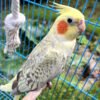
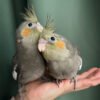
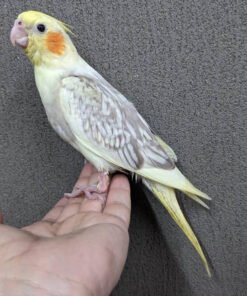

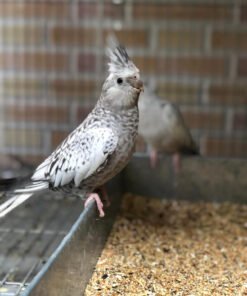

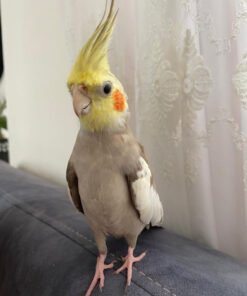
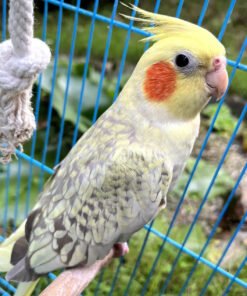
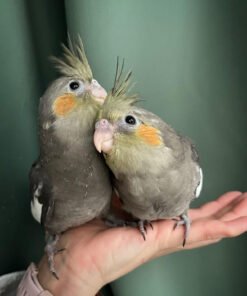

Reviews
There are no reviews yet.